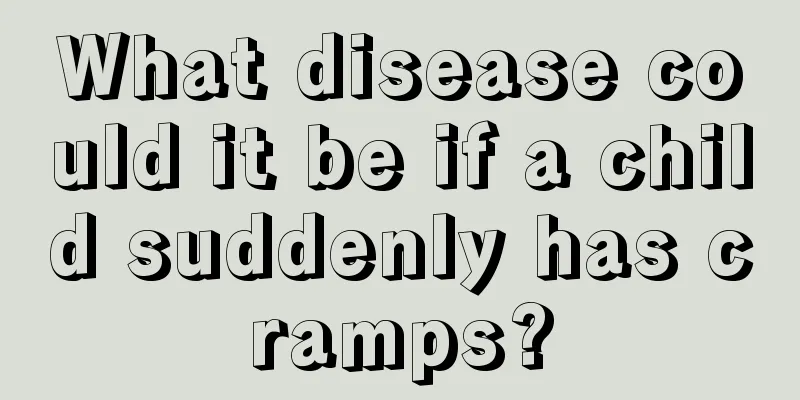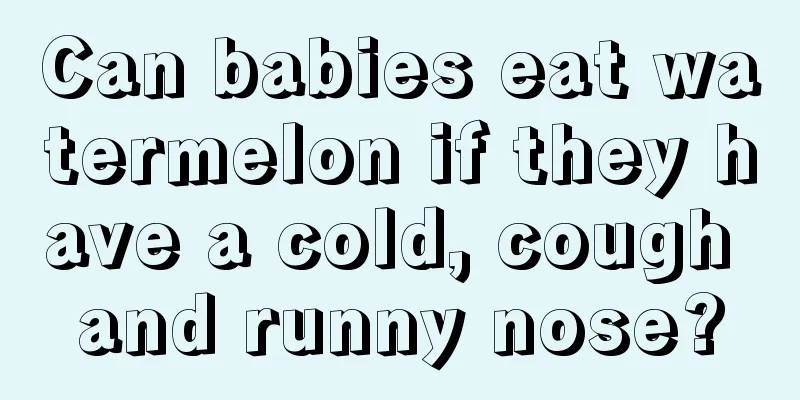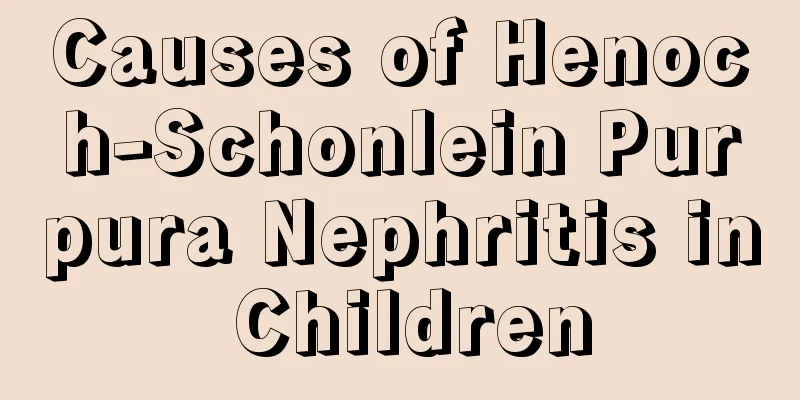What disease could it be if a child suddenly has cramps?

|
What worries parents the most during the growth of their children is the occurrence of diseases. Among them, cramps in children is a phenomenon that many parents have encountered. Parents are often afraid that they don’t know what disease is causing it, so they worry that it will affect the growth of their children. Sometimes they just ignore it, which will have a certain impact on the health of the children. Let’s take a look at what disease a child may have when he suddenly has cramps. What disease could it be if a child suddenly has cramps? The more accurate description of cramps is actually twitching, which is also called convulsion, or simply called seizure. Convulsions are a common symptom in children, especially infants. The younger the age, the more common convulsions are. Convulsions themselves are not a disease, but a manifestation of certain diseases. Therefore, the severity of a convulsion does not depend on how it looks at the time, but on the cause of the convulsion. Convulsions can be divided into two categories: convulsions caused by infection and convulsions caused by non-infection. The so-called infectious convulsions refer to convulsions in children that are related to diseases caused by bacteria. Fever is common, and the degree of fever may vary. Infectious convulsions in infants and young children may occur due to tetanus, purulent meningitis, viral encephalitis, septicemia, etc. Some infants often suffer from febrile convulsions. They will have convulsions when their body temperature exceeds 39 degrees. If these febrile convulsions still exist after the age of 3, or if they have convulsions when the body temperature exceeds 38 degrees, then they are not febrile convulsions but may be epilepsy. Convulsions not caused by infection may be seen in intracranial hemorrhage, calcium deficiency, low blood sodium, high blood sodium, low blood magnesium, intracranial tumors, epilepsy, etc. Sometimes it is convulsions due to low calcium, but there is also fever. Convulsions caused by any reason will often have other manifestations besides convulsions. For example, in neonatal tetanus, there is often clenched jaws and difficulty swallowing; in purulent meningitis, there may be projectile vomiting, changes in demeanor, and lack of energy. The doctor will have to conduct some tests before he can finally find out the real cause of the convulsion. Seizures are not common symptoms. Even if the seizure lasts for a short time and the child may be normal after the seizure, you should take your child to the hospital for examination to find out the cause. When there is a problem with the body, we must understand the cause and make timely adjustments. The above is an introduction to what disease a child may have due to sudden cramps. Parents must observe the child carefully during the growth process and pay attention to the balance of the child's diet and nutrition. If the child is unwell and the cause cannot be confirmed, be sure to take the child to the hospital for examination in time. |
<<: Children have leg cramps when sleeping at night
>>: What to do if children have severe cold
Recommend
What material is good for baby bottles
When choosing baby products, parents will pay spe...
Baby scalp peeling treatment
We all know that newborn babies are usually the m...
Do children need zinc supplements? A must-see for moms
Do children need zinc supplements? This is a very...
What should I do if my child has a runny nose?
Children have relatively poor resistance and ofte...
What to do if your child keeps coughing? Patting the back is effective!
Cough is a common clinical disease, most of which...
What should I do if my baby has mild pneumonia?
Pneumonia is a common disease among our babies. I...
What are the early symptoms of stomatitis in children?
Most parents are familiar with stomatitis, which ...
How old should babies be to start adding complementary foods?
Nowadays, every family wants to have one child, s...
Sequelae of severe neonatal asphyxia
If a newborn suffers from severe asphyxia, emerge...
Five-month-old baby fell on the back of his head
In fact, it is inevitable for babies to have bump...
One-year-old baby snack recipes
For babies, in daily life, it is okay to eat some...
What to do if your child gets redness and swelling after vaccination
Is it normal for children to have redness and swe...
At what age is it best for children to change their teeth?
Children grow up slowly and their body functions ...
What should I do if my baby has thin hair?
Many babies have sparse hair after birth, and the...
2-year-old baby cries and says it hurts when he pees
A 2-year-old baby cries and says it hurts when he...









